🇮🇳 Indian Economy Really Stronger than the UK?
We recently overtook the UK as the fifth largest economy in the world. But is this ranking deceptive?
Even though India lost the match on Sunday, our nation has been in a celebratory mood.
After all, we beat our formal colonisers, the British, to become the world’s fifth largest economy.
But how did we manage to do so? And did we really manage to do so?
🔢 All About the Numbers
According to calculations by Bloomberg (made using data from the International Monetary Fund), in the last quarter of 2021:
The size of the UK economy: $816 billion
The size of the Indian economy: $854.7 billion.
And this gap has only widened since.
The size of the UK economy in April-June 2022: $763 billion
The size of the Indian economy in April-June 2022: $823 billion
So, what’s going on with the UK?
Well, the country is dealing with a lot.
The first problem is record-high inflation: The UK’s current inflation is 10.1%. In comparison India’s inflation rate is 6.71%.
This insane inflation means that the cost of living has increased in the UK.
And things are going to get worse, as Russia has indefinitely shut down a natural gas pipeline to Europe.
Energy exports to the UK from Russia had already gone down due to the Russia-Ukraine war, but this new development will complicate things further and raise energy bills by up to 80%.
The Russia-Ukraine war has also impacted the country’s food imports, further increasing costs.
And companies’ wages can no longer keep up with the rising inflation.
Wages only rose by 4.7% in June 2022.
So, quite obviously people in the UK aren’t spending a lot of money. And this has brought down the country’s GDP (Gross Domestic Product).
This GDP (which is measured by calculating the number of goods and services bought by a country’s citizens in a given time) is how we measure the size of the economy.
Meanwhile, India is seeing an opposite trend.
Our inflation has been declining, while demand for goods and services is rising.
Our services sector grew at the year’s strongest pace in April, and manufacturing also saw expansion.
Bank credit also grew 11.1%, which means more people were borrowing money for purchases.
Thanks to this our GDP grew 13.5% in the April-June quarter, making us the fastest growing economy in the world, while the others are facing a recession threat.
This has also boosted foreign investment in India.
And our services, automobile and even the FMCG sector is seeing fast growth right now, making the world optimistic about us.
But are things as great as they seem?
👀 Reality Check
Now, we don’t want to rain on anyone’s parade, but a reality check is super important for us.
India may have overtaken the UK in terms of total GDP. But if we look at the per capita (that is per person) GDP things seem very different.
Per capita GDP gives us an estimate of how much money per person in India is spending on an average.
India per capita GDP: ~$3.5 trillion annual GDP/1.4 bn population= $2,500
UK per capita GDP: ~$3.2 trillion annual GDP/0.068 billion population = $47,000
In this case we rank 122, whereas the UK ranks 26th.
Let us make it simpler for you.
Higher per capita income = More money available to be spent per person.
Imagine a joint family with 30 people living under one roof, making Rs. 3,00,000 per month. Their neighbour is a nuclear family of 2, and they make Rs. 2,00,000 per month.
While the joint family has a higher total income (GDP), they only have Rs. 10,000 per month to spend per person. On the other hand, the nuclear family has Rs. 1,00,000 to spend per month per person. Who do you think is better off?
Caveat: If the joint family has a lot of young members, ready to start working in a year or so, the potential to increase the overall income increases. So the future looks bright.
India is probably in the "joint-family" bucket right now.
Our economy is growing just because our population is larger. Plus, there is a huge wealth disparity: the top 10% own 64.64% of the national wealth.
And this is not the only aspect where we are behind the UK.
We also have higher poverty and a lower rank on the human development index.
So, while we have crossed an important milestone we still have a long long way ahead.
And this road is super tough.
Because growth of our manufacturing sector has declined to a 9-month low.
Plus, uncertain monsoons and heatwaves scorching crops means that our agricultural growth could also decline.
This will directly impact rural demand.
And to top it all, our exports have fallen 1% since last year as most countries have reduced trade amid recession concerns.
So, we have our fair share of problems.
Despite this, there have been projections that India will soon take over and become the world’s third-largest economy by 2030. Do you think we will be able to achieve this goal?
⚡ In a line: India may have become the fifth largest economy by overtaking the UK, but we are still behind the country in many aspects like per capita income and human development.
💡Quick question: How do you think we can bridge our wealth inequality?
Share this with your friends via WhatsApp or Twitter and help us grow! See you tomorrow :)
You can also listen to our stories. Catch it on Spotify, Apple Podcast, Amazon Music, Google Podcasts, Gaana or Jio Saavn.
If you are coming here for the very first time: Don’t forget to join us on WhatsApp to get daily updates! 👇



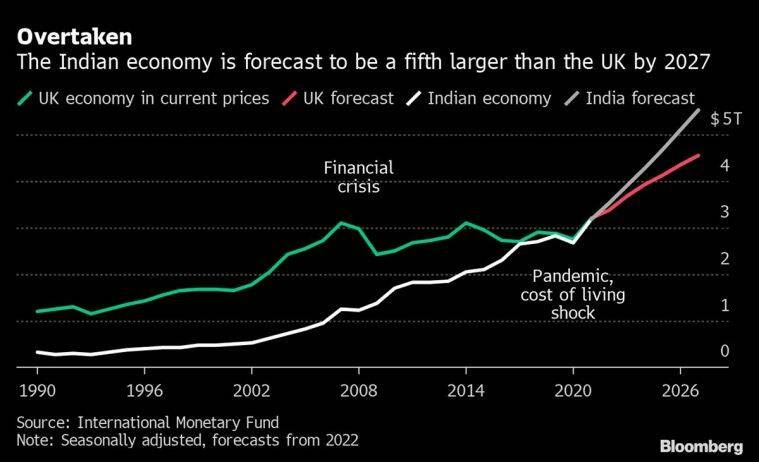
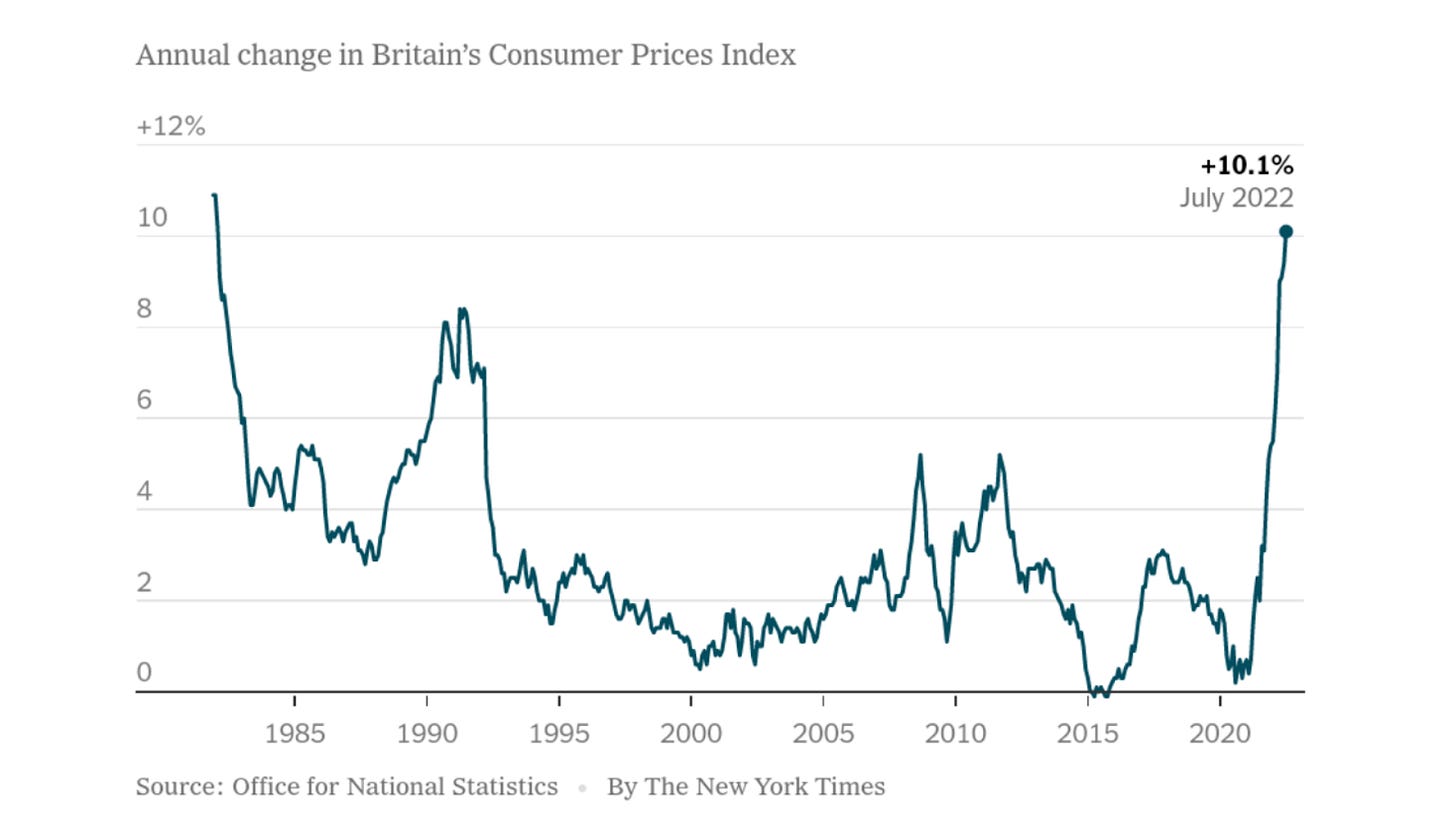
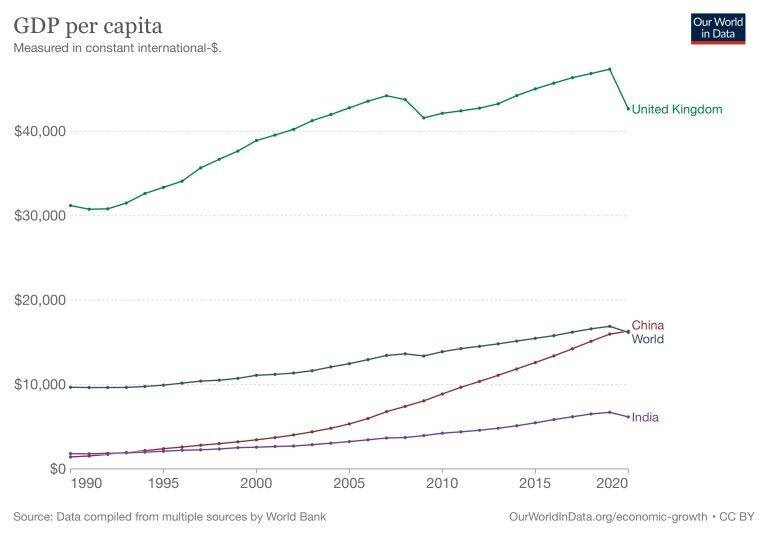
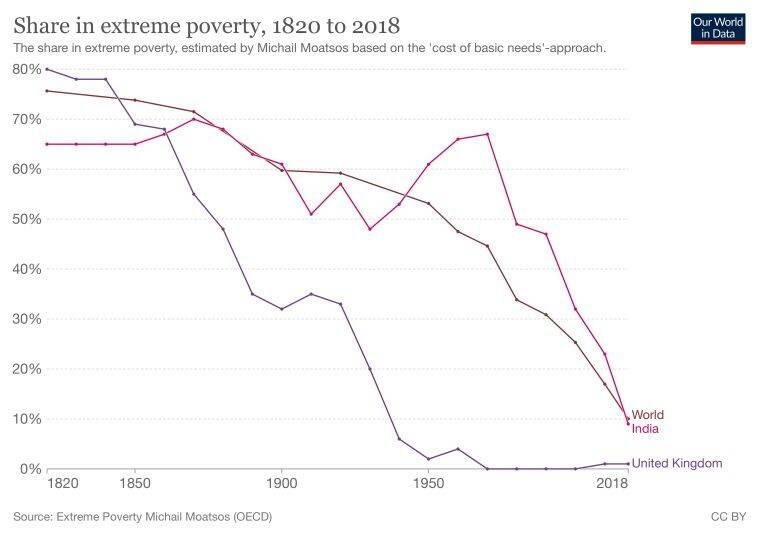
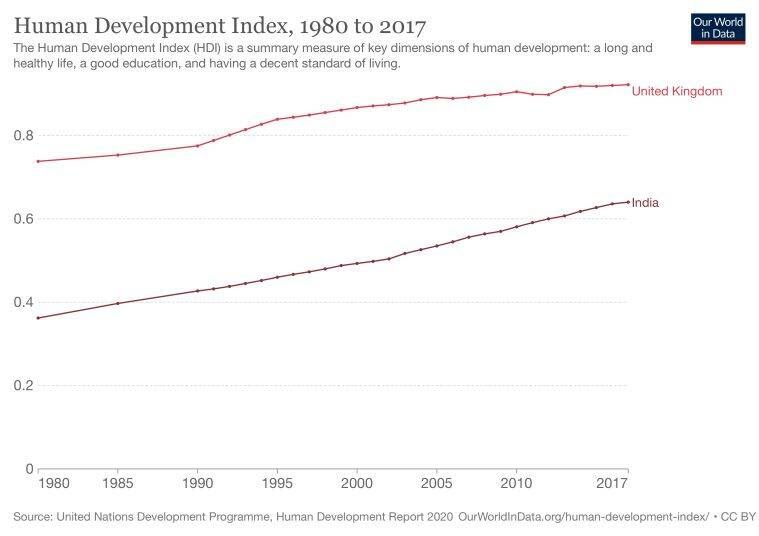
A wonderful piece! Well written! Hoping for more such economic articles